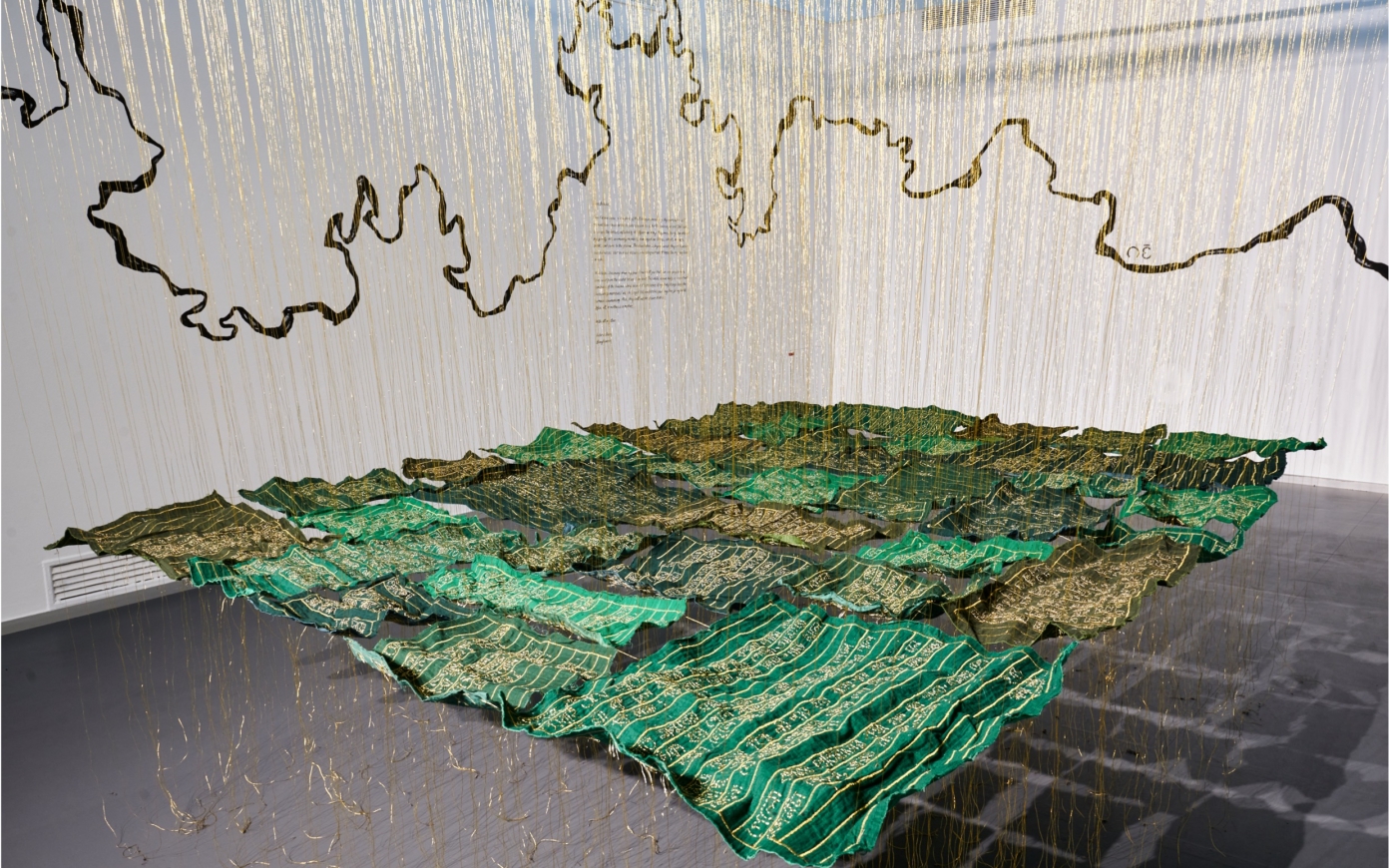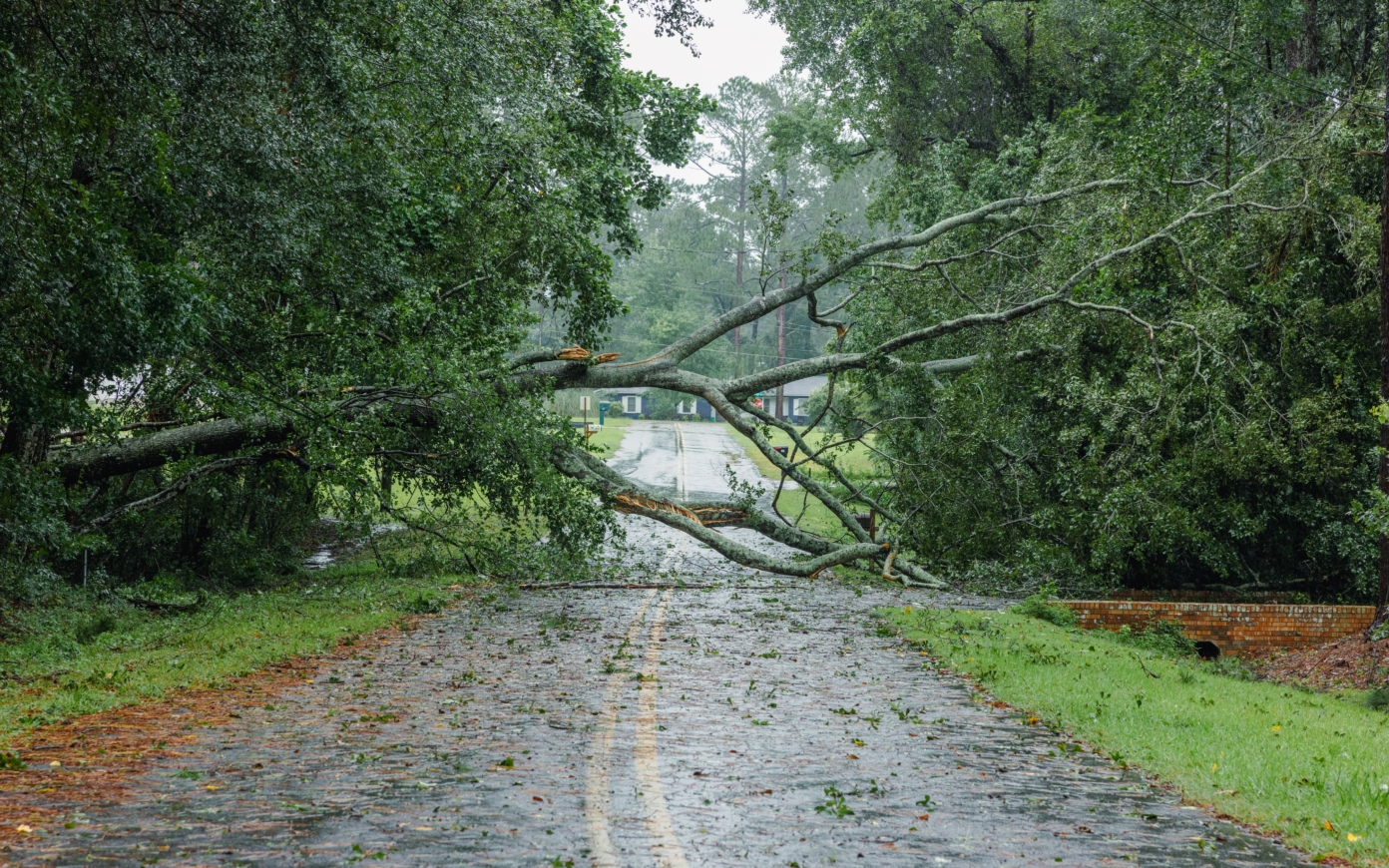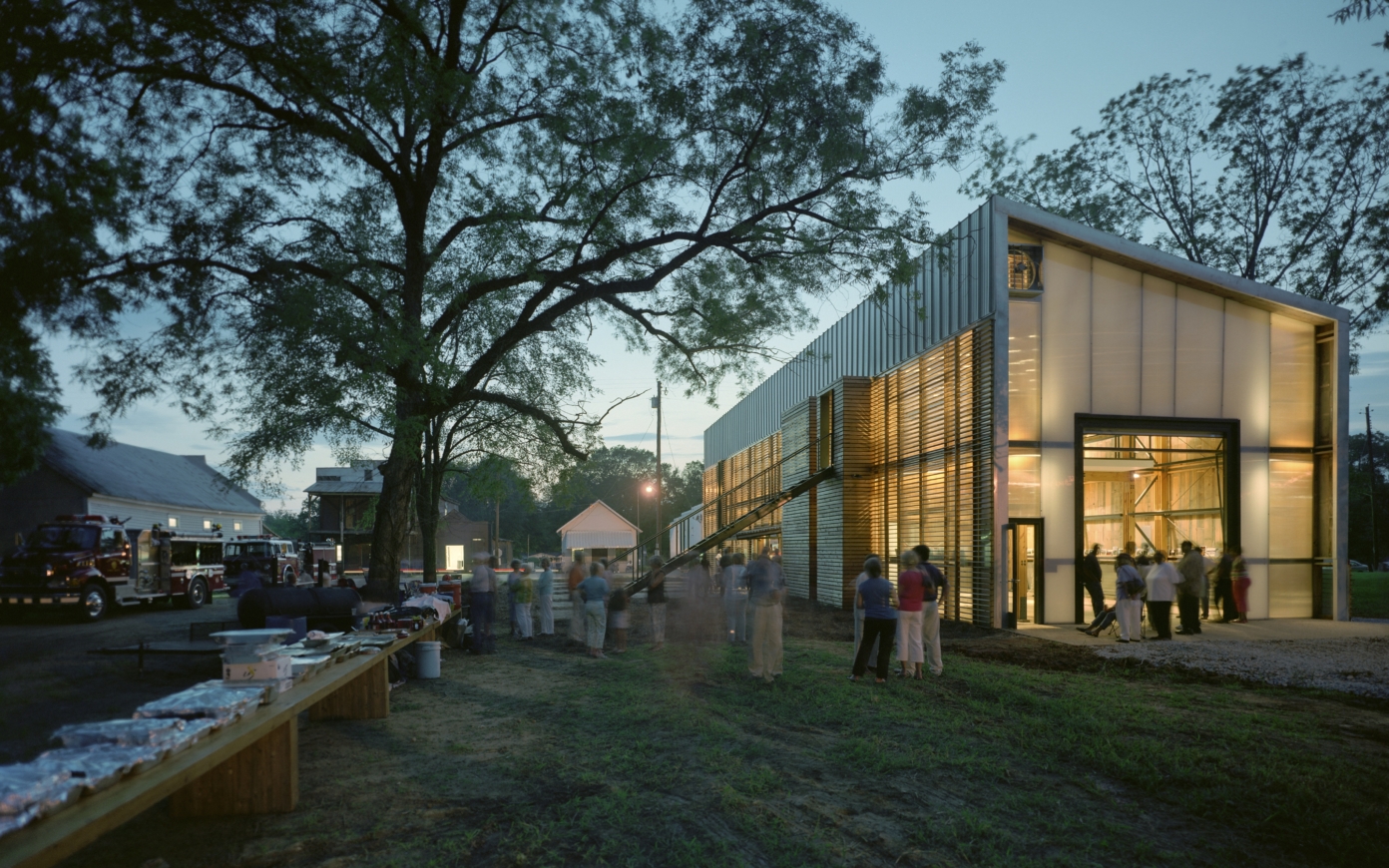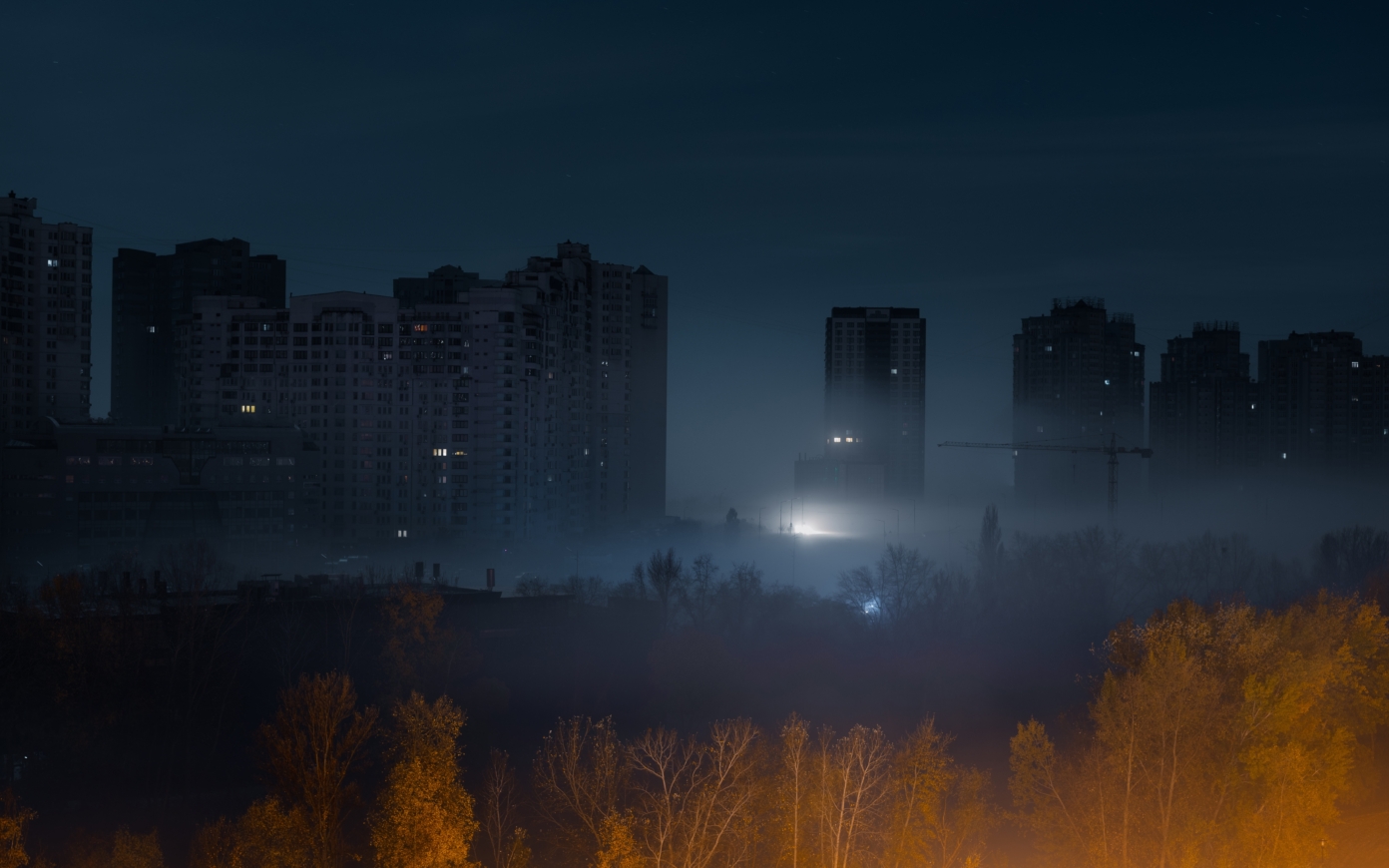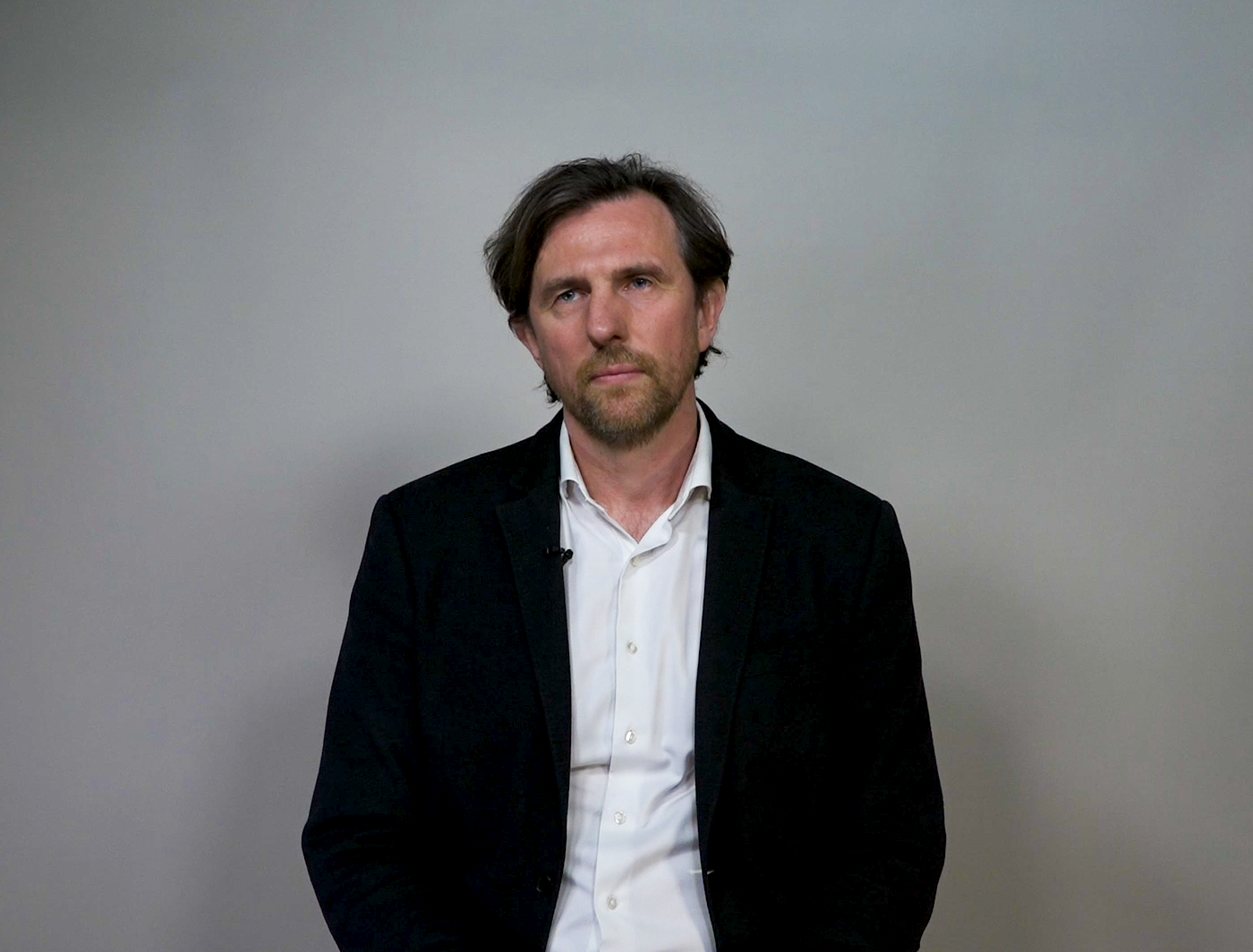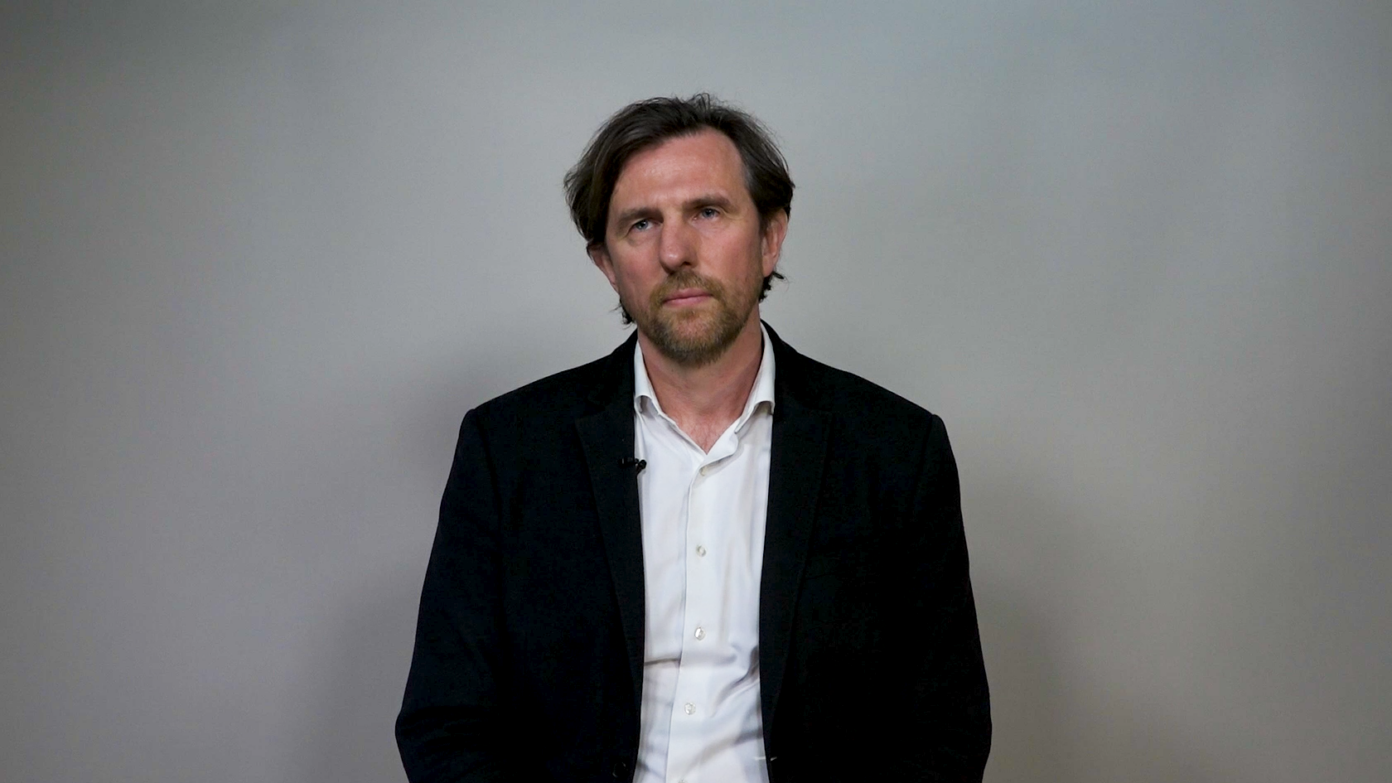Horizontality and metropolization
Aren’t the links between networks and the hyper-industrial world—these organizations which are cropping up without centralization—in a sense contradictory to the concept of a metropolis and to accumulation? What consistency is there between a world which is undergoing “metropolitization” and this conception of an organization of the new hyper-industrial world as something following a rhizomic pattern?
On the contrary, there is a strong affinity between this more horizontal networked world and metropolization. That is the subject I expand on in The Archipelago Economy, PUF, 2014. This new economy based on relationships—with organizations which are less conventional, less centralized, more distributed, and more networked—is perfectly consistent with metropolization. Chains of activity and value chains are presently very segmented due to digital technologies, which makes it possible to partition and coordinate things—for instance in the case of containers in sea freight, etc.—and to deploy them at a global scale. Yet all these major flows of the “Made in the World” intersect and are centered on the hubs and switches of metropolises. They perform these functions because they are also very flexible systems. The hyper-industrial space is also that of generalized “unbundling”: it is much easier to seamlessly and flexibly reorganize a chain of activities in a metropolitan fabric than in the urban fabric of a small town. The wealth of the metropolitan labor market (because a metropolis is first and foremost a huge market for labor and services, made fluid through mobility) and the versatility of infrastructure make continuous reconfigurations possible. It therefore doesn’t come as a surprise that metropolises are where the maximum degree of segmentation of chains of activity and the utmost level of coordination between the chains themselves occur. Jobs which have traditionally been organized that way (I am thinking of the publishing and cinema businesses for instance) have long since found their natural ecosystem in metropolitan areas.
The other aspect which explains the increasing importance of metropolises is the preference for a metropolitan lifestyle—see what Richard Florida says on the “creative class”, a vision I believe is true but slightly weak. Activities are increasingly becoming independent from the conventional technical constraints of location (in respect to raw materials, energy, and the like). The choice of where individuals decide to live favors places where they find life more exciting—which is therefore something crucial. Increasingly, companies move and develop where people want to live, not the reverse. Flexibility is the most significant aspect. Increasingly, we can come back to the old metaphor of life: there are exceptional abilities of rearrangement and resilience. In a metropolis, it is possible to break things down more and then to recombine them in a richer way.
Bruno Belhoste’s book on eighteenth century Paris, Paris Savant (Armand Colin, 2011), is an essential read. It is very interesting, first of all because it opens our eyes to the fact that the knowledge economy is not something new but that pre-revolutionary Paris was a sort of collective brain strongly linked to urban places and institutions. It was the time where D’Alembert, Lavoisier, and many others lived in the same neighborhoods and would meet in cafés and in the academies. There was no separation between applied science and theoretical science—all these people first became interested in applications. There wasn’t a clear separation between what they called “serious” science and “amusing” science either. When the first hot air balloons went up in the sky, they were initially shows where all of Paris converged, rivaling present-day concerts at the Stade de France both in terms of popular reach and celebratory character. That was partly lost during the French Revolution, which simultaneously re-launched other things. Paris at the beginning of the nineteenth century was, scientifically speaking, extraordinarily brilliant.
This was also the case at the end of the nineteenth century, when we had these meetings between inventors and thinkers in very restricted spaces.
Absolutely. Yet over the course of the last century, alongside industrial rationalization, an increasing gap has developed between theoretical science and applied science, between scholars and markets, between amateurs and professionals, between curiosities and the austerity of labs and factories. People like Lavoisier, the founder of modern chemistry, were very active in the field of public hygiene for instance. They would work a lot on the city as a system—in fact, biological metaphors of the city already existed at the time.
The major period of rationalization which extends from the end of the nineteenth century to the end of the twentieth century led to new gaps, closed some doors, and cut some connections, but let us not forget that it was also this industrial, scientific, rationalized, and segmented world which increased our standards of living so much: the productivity surge of the three post-war decades of massive economic growth radically transformed France. Nevertheless, it has bequeathed to us a certain fairly fixed idea of what a city is, of what an industry is, or again, of the difference between science and technology, for a start—things that are now becoming outdated. Moreover, as is often the case, as new ideas take root, we will rediscover some old things under a new form.
Still with the cities at the center and what you call an “archipelago economy”?
Yes, there are two key ideas there: the one which I just explained, basically that globalization and metropolization are two sides of the same coin because the new economy which is now developing has a great affinity for the metropolitan ecosystem. To say it in another way, in the Taylorist and Fordist model it was possible to put the production plants somewhere and the design center somewhere else—something which was done and worked properly because things were normalized and routinized. But once things are less routinized, the metropolitan fabric is much more efficient.
Also, let us not forget that we are now experiencing a boom of the middle classes in emerging countries, something intimately linked to urbanization, which is the main driver of global economic growth. There is a second idea, which is that metropolises operate within a network that tends to absorb a large part of the economic, social, or political vitality of surrounding territories—as a result, the metropolis as an entity distances itself from the nation. Incidentally, I believe that in our basic stock of representations of the world, we have the idea that the nation state is the one natural geopolitical unit. However, this is of course fiction: first of all because there are only few true nation states in the world—some recent ones in Europe—and secondly, because it will probably appear in the future as a transitory form, a gap between the age of empires and the new “political” forms which are yet to appear. The state is and will continue being a major player in the world to come, but both the nation state as a natural form of government and the city as the natural subdivision within the nation state are outdated images. Metropolises, and cities in general, will win back a form of independence, but it will be a networked independence. This explains this idea of an archipelago, crossed by lines, container ships, and the digital equivalent of containers which are the bytes of information sent through the Internet. Once we have these two things—the shipping container and the Internet—as well as the general conditions of open markets, accessibility, and the like, we will have the core of globalization.
My vision is quite different from that of Saskia Sassen because her book is centered on what she calls “global cities,” dominated by finance and more or less disconnected from their national hinterland—something which is true in the case of London and New York but not Paris or Tokyo. What I am saying is quite different, closer to what Michel Lussault also says: generally speaking, the world is becoming more metropolitan and all cities above a certain size are becoming global. Average-sized cities are also caught up in this globalization. You’ve only got to see the brands in big malls—they are the same in Lyon and Aubenas as in Paris and Frankfurt. Globalization affects everything and leads to this idea of an archipelago, but not in the meaning it had in Ancient Greece (Plato and Socrates said that Greek cities were like frogs around a pond—each an autonomous civic and warring entity engaged in both trade and war with one another, shifting between war and trade and a mix of both). Nowadays, metropolises obviously retain a certain personality but they are first and foremost switching places and global network hubs so they are completely different. Increasingly, flows prevail over places and establish places.


